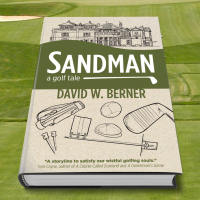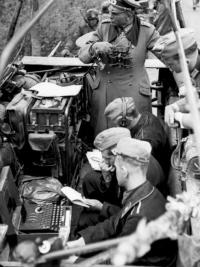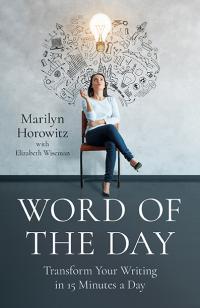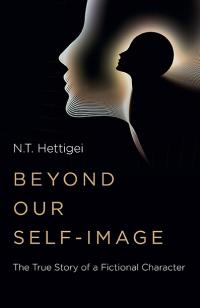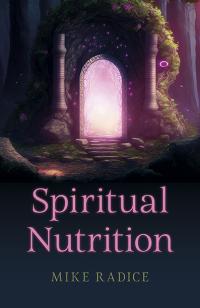
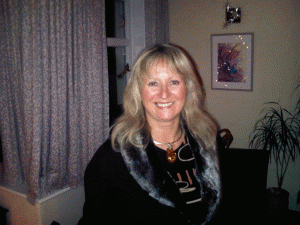 By Krystina Kellingley
By Krystina Kellingley
So you want to write a horror novel, and, when it’s finished, having invested considerable time and effort, perhaps sacrificing other things, like any kind of life outside of your ‘garret’, you’d like it to be good. You’d like those who know you (and who may have sacrificed certain things alongside you) and those who haven’t yet even heard your name to be able to read your words, hot off the presses and make awed faces at the crisp, white pages, covered in your pristine prose and loaded with your ideas. You’d also quite like your ‘baby’ to grow into nice, crisp, wads of cash.
In order for these things to even stand a chance of becoming reality, the first question you need to ask yourself is: what makes a good horror novel? Think about the horror novels you like reading. Having done that, the next question to ask yourself is, why? What is it about these particular novels that stands out against others which you didn't enjoy quite as much?
Sit down and make a list. Was it the plot? If you answered yes to this then now is the time to break it down more fully for yourself. Which elements of the plot had you particularly gripped? What else made you keep on reading and held your rapt attention? Were the characters believable? Did you care about them and what happened to them? Was there lots of tension and action to keep you turning pages? Perhaps there was also a burgeoning romance with lots of conflict thrown in for good measure? Was the pacing tight? The dialogue snappy? Did you, the reader, know something that the characters weren't yet aware of? What didn't you like?
Multi-tasking
Just as we all have to juggle things we have to do in our everyday life, the author must also include different things into the plot for his characters to do. That multi-tasking is what makes them real. The author also needs to multi-task by layering the story. Essentially the bones of any horror story are the eternal struggle between good and evil. The author's task is to set this against a new backdrop. Not only must our hero/heroine fight evil, they must also deal with their inner demons, try to protect people they love, stop the innocent being hurt, possibly earn a living, and probably get emotionally involved (this does not necessarily mean romantically) with someone they come across whilst on their mission.
As an avid reader myself, I place characterization very high on the list of what makes a good novel of any genre. However, the horror genre is conspicuous by the need to get the reader's attention quickly. Not only does the author have to have a plot that is well paced and has sharp dialogue, he must have characters who are compelling from the start.
Where to Begin
One of the most common mistakes newcomers make is to start the story too late. Unless you are Stephen King, there is no time to waste in a slow build up as you introduce your characters and unravel your plot. Start with the action. Make your first sentence strong; the first paragraph equally strong and the first five pages even stronger. If you can succeed in accomplishing this then you will have hooked your reader. Start with something BIG happening. An attack, physical or psychic, or a murder. An occult ritual or séance where something goes badly wrong. The horrendous beastie entering into the world, bedroom, life of a character (even if this character is minor and is about to meet their demise).
Once your reader is well and truly ‘hooked’ you can then afford the time to ‘flesh out’ your characters. You can achieve this with a variety of methods including; back story, dialogue and flash backs. However, all of the above need to be carefully integrated into the ongoing story. Huge chunks of any of these devices will only slow down your plot and may also reveal the author’s voice behind the characters. Whatever else, it will certainly read amateurishly, thereby taking away from the reader’s enjoyment and engagement.
Categories:
0 comments on this article

